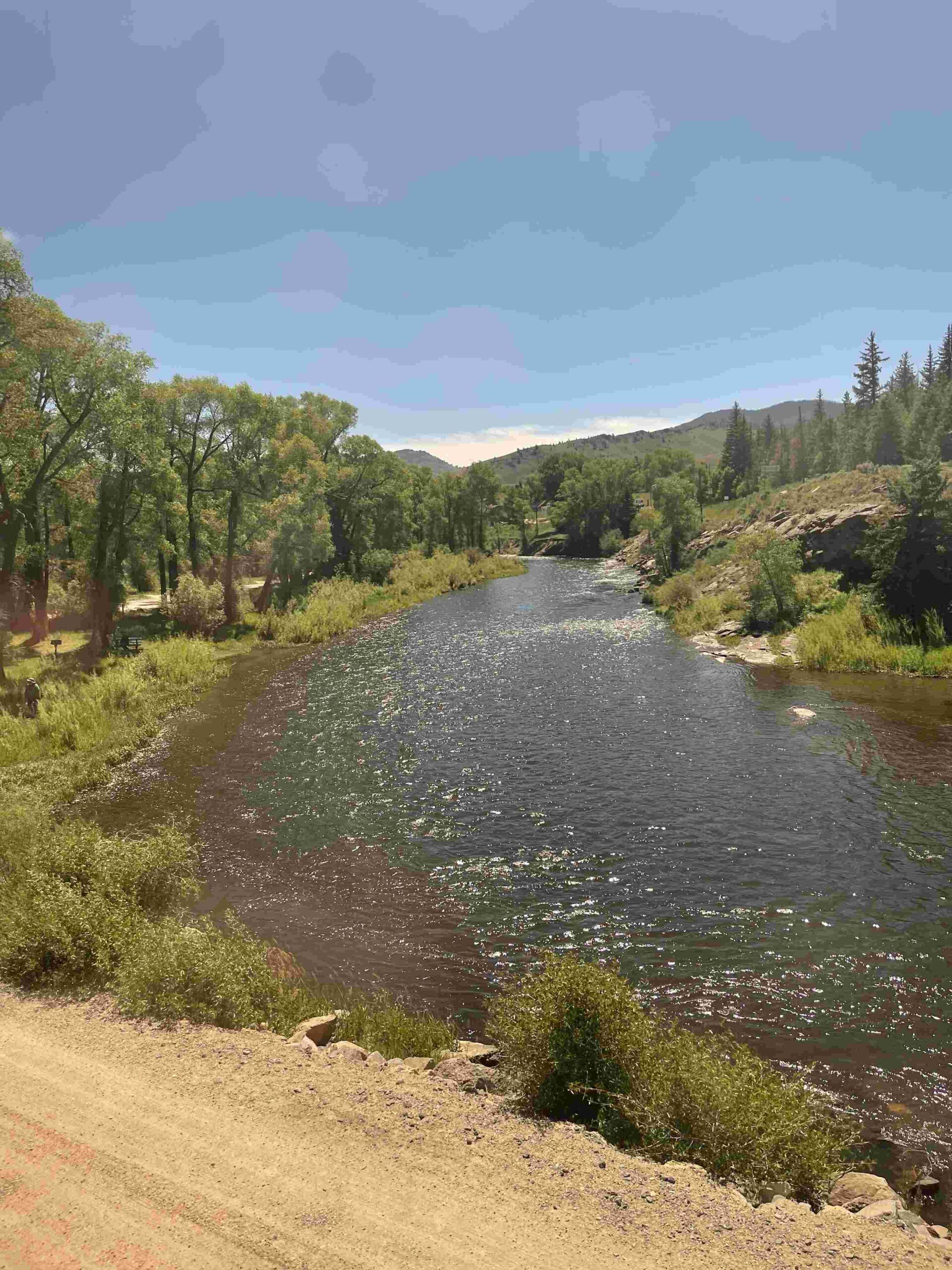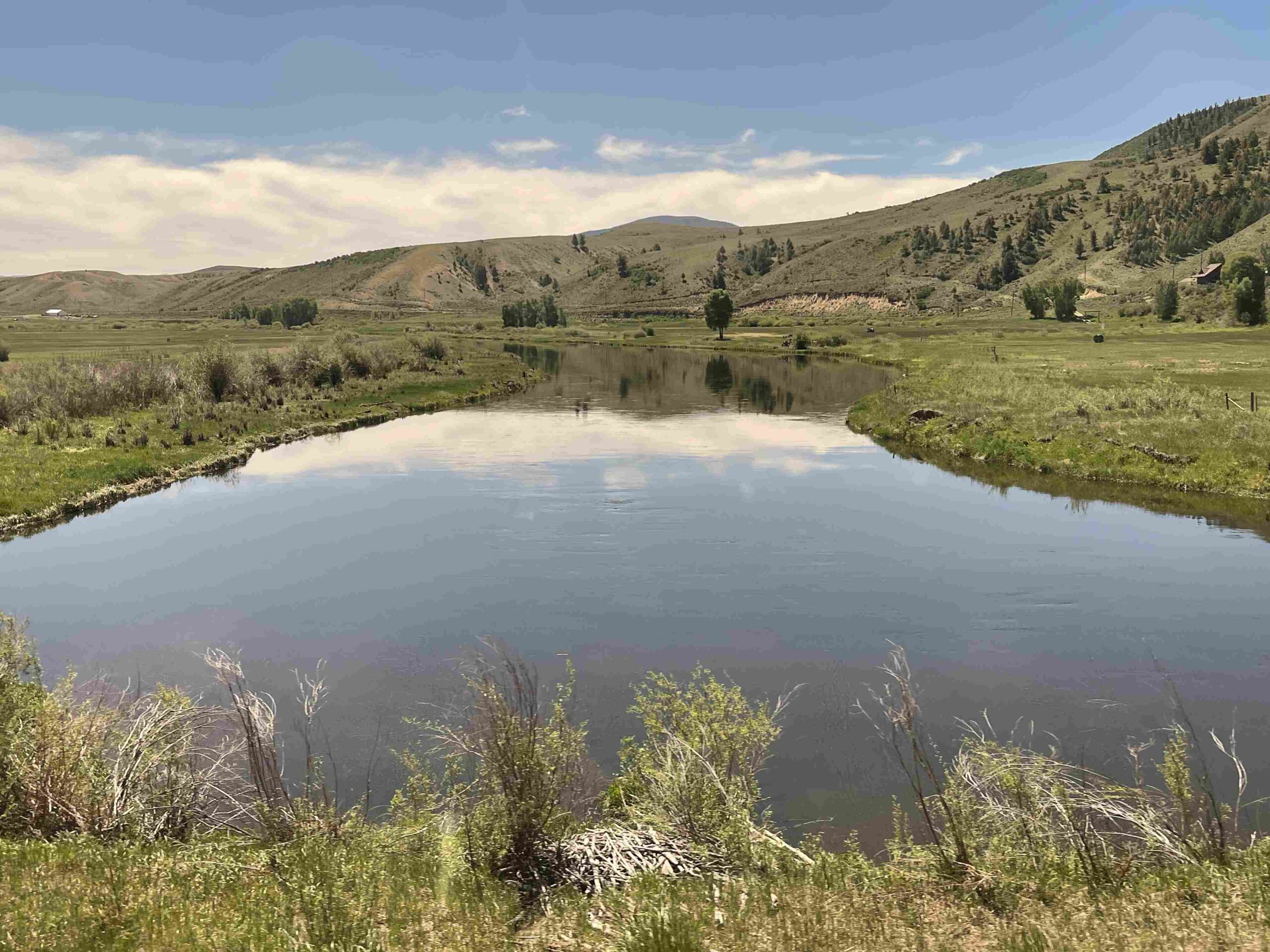The Colorado River’s role in sculpting the Grand Canyon is a testament to the power of water and time. Over millions of years, this mighty river carved through layers of rock, creating one of the world’s most spectacular natural wonders. The process involved complex geological forces, including erosion, tectonic uplift, and climate changes. Understanding how the Colorado River shaped the Grand Canyon provides insight into Earth’s geological history and the ongoing processes that continue to shape our planet’s surface.
What Are the Key Geological Processes Involved?

The formation of the Grand Canyon through the Colorado River’s action involves several geological processes:
- Erosion: The river’s sediment-laden waters acted as a powerful erosive force, gradually wearing away rock layers.
- Tectonic Uplift: The uplift of the Colorado Plateau gave the river more energy to carve deeper into the earth.
- Climate Changes: Ice ages and seasonal flooding increased the river’s erosive power.
- Volcanic Activity: Lava dams and volcanic eruptions influenced the canyon’s formation.
How Long Did It Take for the Colorado River to Carve the Grand Canyon?
The Grand Canyon’s formation is a story of millions of years:
- 75 million years ago: Uplift of the Colorado Plateau began
- 5-6 million years ago: The Colorado River started carving the canyon
- 2 million years ago: Ice ages increased erosion rates
- 1.2 million years ago: The canyon reached its current depth
What Role Did Sediment Play in the Erosion Process?

Sediment was crucial in the Colorado River’s sculpting of the Grand Canyon:
- Abrasive Action: Sediments acted like sandpaper, eroding rock layers
- Varied Composition: The river transported sand, silt, and rock debris
- Increased Load: Sediment load was higher during periods of increased precipitation
How Have Human Activities Affected the River’s Erosive Power?
Human interventions have significantly impacted the Colorado River’s ability to continue sculpting the Grand Canyon:
- Dam Construction: Glen Canyon Dam and others have reduced water flow and sediment transport
- Water Management: Controlled water levels have decreased the river’s natural erosive power
- Climate Change: Human-induced climate changes may alter future erosion patterns
What Can Visitors Experience to Understand This Geological Process?
To appreciate how the Colorado River sculpted the Grand Canyon, visitors can:
- Take guided tours that explain the canyon’s geology
- Visit viewpoints offering panoramic views of the river and canyon
- Explore hiking trails that showcase different rock layers
- Attend ranger-led programs about the canyon’s formation
What Challenges Might Visitors Face?
Visitors exploring the Grand Canyon may encounter:
- Extreme heat and limited water availability
- Difficult access to remote areas
- Strict regulations to protect the environment
How Has the Colorado River’s Sculpting Process Been Studied?
Scientists have employed various methods to understand how the Colorado River sculpted the Grand Canyon:
- Rock Dating: Determining the age of rock layers
- Sediment Analysis: Studying the composition and origin of sediments
- Geomorphological Mapping: Examining landforms and their evolution
- Computer Modeling: Simulating erosion processes over geological time scales
What Future Changes Might Occur in the Grand Canyon?
While the major sculpting of the Grand Canyon is complete, ongoing processes continue to shape it:
- Erosion: Continued, albeit slower, erosion by the Colorado River
- Weathering: Physical and chemical breakdown of rocks
- Mass Wasting: Rockfalls and landslides reshaping canyon walls
- Climate Change: Potential alterations in erosion patterns due to changing precipitation
Understanding how the Colorado River sculpted the Grand Canyon not only reveals Earth’s geological history but also helps us appreciate the ongoing natural processes that shape our planet. This knowledge is crucial for conservation efforts and sustainable management of this natural wonder for future generations.
References:
1. https://www.maxtour.co/how-did-the-colorado-river-help-shape-the-grand-canyon/
2. https://library.nau.edu/speccoll/exhibits/grand-canyon-100/index.php/colorado-river-geology/
3. https://en.wikipedia.org/wiki/Geology_of_the_Grand_Canyon_area

